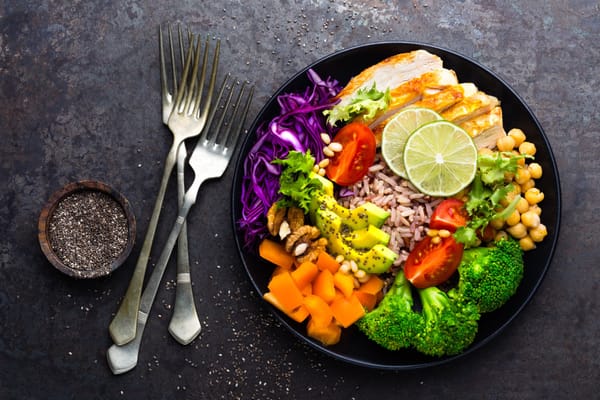Which Foods Have the Most Pesticides? Here's the List.
It can be hard to make the best choices when food shopping. The Dirty Dozen and Clean Fifteen lists can help you avoid dangerous pesticides.

In my article on whether organic food is worth the cost, I talked about how organic fruits and vegetables usually contain fewer dangerous pesticides than non-organics. That doesn't mean that all fruits and veggies contain high levels of pesticides, though it's impossible to tell the difference when you're standing in the produce aisle trying to choose.
To help with this, the Environmental Working Group releases Dirty Dozen and Clean Fifteen lists of the fruits and vegetables that contain the highest and lowest amounts of pesticide residue. The updated 2025 list just dropped, with a total of 47 items analyzed.
There aren't a lot of changes from last year, though blackberries and potatoes both joined the Dirty Dozen this year, with peppers dropping to the middle of the list.
How to Avoid Pesticides
The best way to avoid pesticides in fruits and vegetables is to buy organic, including frozen. I always buy organic berries and leafy greens and will even skip a purchase if organic options aren't available. I buy a lot of bananas, mushrooms, and avocados - all in the Clean Fifteen - and don't worry too much about whether they are organic or conventionally-grown.
You can use these lists to help your own buying decisions when you're shopping.
The Dirty Dozen
In testing, these 12 fruits and vegetables were found to have the highest levels of pesticides. You can read the full list at the EWG website.
- Spinach
- Strawberries
- Kale, collard, and mustard greens
- Grapes
- Peaches
- Cherries
- Nectarines
- Pears
- Apples
- Blackberries
- Blueberries
- Potatoes
The Clean Fifteen
Testing has revealed that these fruits and veggies contained the lowest amounts of pesticides.
- Pineapples
- Sweet corn (fresh & frozen)
- Avocados
- Papaya
- Onion
- Sweet peas (frozen)
- Asparagus
- Cabbage
- Watermelon
- Cauliflower
- Bananas
- Mangoes
- Carrots
- Mushrooms
- Kiwi
Shop Safely
With so many options, it can be hard to make good buying decisions. And for folks with limited access to fresh fruits and veggies it can feel impossible. Buy locally if you can - farmer's markets are a good option (and vendors often accept SNAP), and many smaller groceries carry food from local vendors. But no matter what, fresh foods are always better than highly-processed ones, so opt for fresh when you can.





